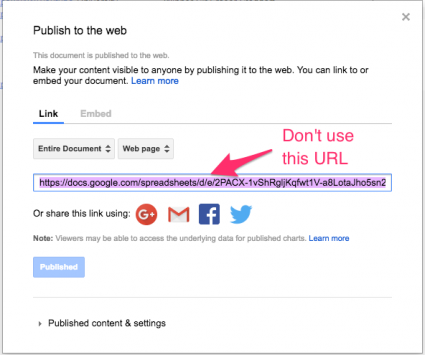Innovation with collaborationExperimenting with AI and investigative journalism in the Americas.
Lee este artículo en español. How might we use AI technologies to innovate newsgathering and investigative reporting techniques? This was the question we posed to a group of seven newsrooms in Latin America and the US as part of the Americas Cohort during the 2021 JournalismAI Collab Challenges. The Collab is an initiative that brings together media organizations to experiment with AI technologies and journalism. This year, JournalismAI, a project of Polis, the journalism think-tank at...




